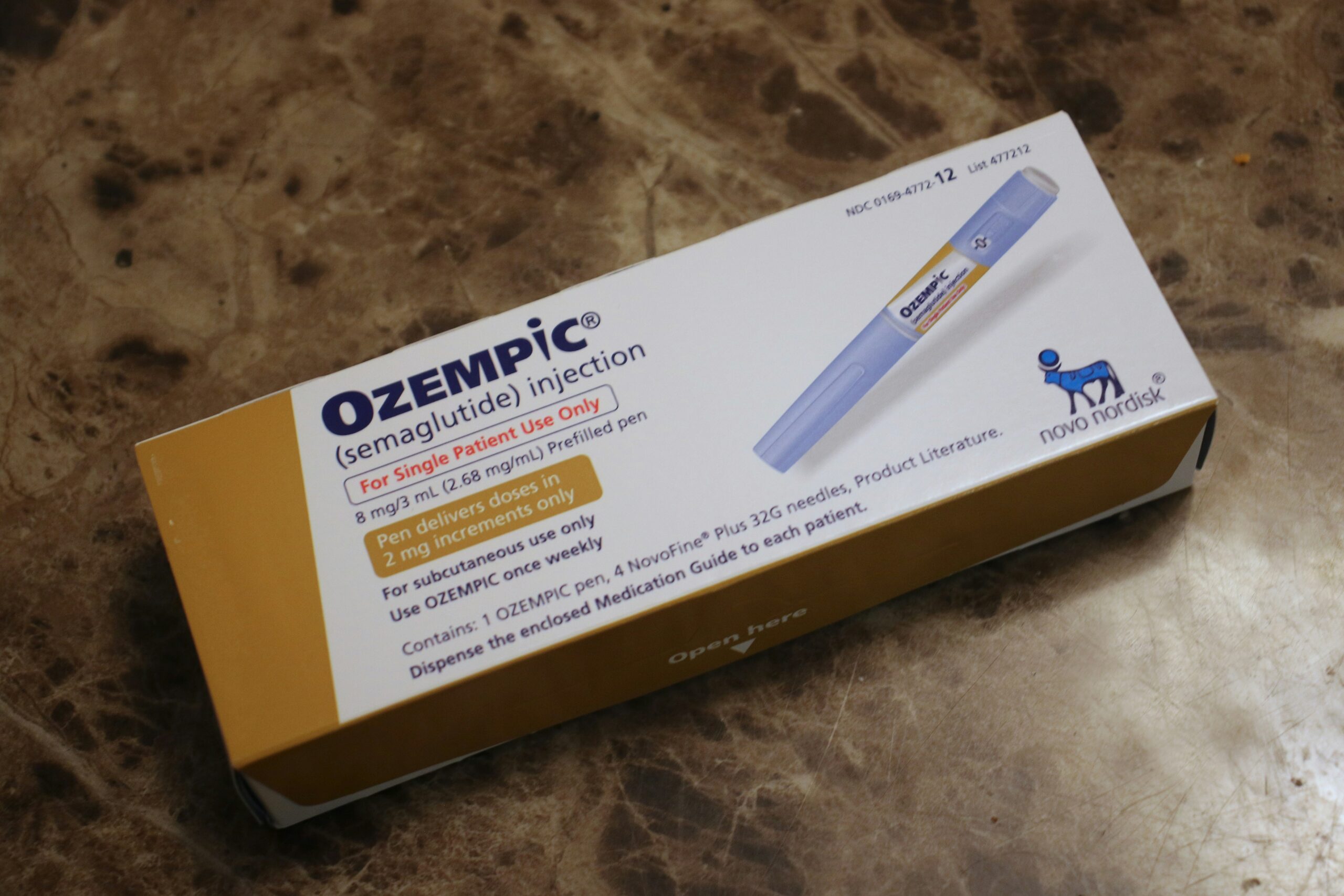It’s been 4 years since semaglutide was first approved as an anti-obesity medication in the West. Since then, with demands continuing to skyrocket worldwide, the data on its side-effects and long term real-world efficacy as a weight management option continue to expand.
Lawsuits have long-since surpassed 1,000 cases against manufacturer and patent-holder Novo Nordisk, which alone accounted for almost all of Denmark’s economic growth in the year Ozempic was launched. Prescriptions are being picked up in the US by the millions every week, and the demand is so high that Novo Nordisk invested $6 billion on production expansions to meet it.
The hype is undeniable, however. TikTok and Instagram are littered with staggering before and after photos of the kinds Americans have dreamed of for years—the miracle pill that their slim, fit friends assured them was only available through diet and exercise.
But for every fiscal quarter that reported another record sales value, there were more physicians and health-focused voices acknowledging that Ozempic, the higher-dose Wegovy, and related semaglutide drugs, bear all the hallmarks of the fad diets and unsustainable trends that Ozempic seems to promise the end of pursuing.
To set the record perfectly straight, obesity in the United States and in many countries where demand is highest for Ozempic, such as Ireland, UAE, and South Africa, is an unprecedented health burden that has the power to ruin national economies. One study published in the Lancet examined obesity trends in the United States between 1990 and 2021 and found that 75% of American adults are at this very moment overweight and therefore at a higher risk of virtually all diseases of significance in Western society. 45%—nearly half the adults in the country—are obese.
Even more concerning, close to 50% of adolescents (15-24) and 37% of children (5-14) are overweight, with 25% and 14% obesity rates, respectively. All age groups are forecast under current trend lines to become more overweight and obese over the next 25 years, not less.
Every major killer in Western society is exacerbated by obesity, and a miracle drug, however unhealthy the side-effects may be, it may be argued that they cannot compare with the increase in survivability associated with shedding 15% or more of body weight as the original Ozempic trial showed.
But a place to start with the question of semaglutide’s efficacy are those pounds. What exactly is being shed?
A small study found that up to 40% of weight loss from semaglutide, the active ingredient in Ozempic and Wegovy, comes from lean body mass—muscle tissue.
Alarmingly, those who consumed less protein saw even more muscle loss—potentially undermining improvements in blood sugar control that a lower body weight would confer, and this was especially true for women and adults over 65, a group already at higher risk for sarcopenia, or age-related muscle loss. Muscle helps control blood sugar after meals and plays an important role in keeping bones strong.
The study’s lead author emphasized that without resistance training and adequate protein, semaglutide users could face declines in strength, mobility, and metabolic health.
“This matters because muscle isn’t just about strength, it’s your body’s metabolic engine,” commented Chris Kresser MS, founder of the California School of Functional Medicine, hearing about the study. “It helps regulate blood sugar, supports immune health, enhances mobility, and even promotes healthy aging. Losing muscle while losing fat may undermine the long-term benefits of weight loss by slowing metabolism and increasing the risk of injury, frailty, and insulin resistance”.

The fad drug
The demand is simply ridiculous for this injection-pen style drug, with one New York clinician reporting people arriving from Florida, Ohio, and Maine to buy one.
With shortages extending beyond even the boundaries of one’s state, shady clinics selling the now-FDA-banned ‘compounded semaglutide’ began to crop up in 2023 and 2024, while for others who couldn’t afford Ozempic’s $900 price tag, or Wegovy’s $1,200 cost, they turned to the black market. A CNBC investigation into counterfeit Ozempic and Wegovy report that hundred of counterfeit pens have been seized in the UK, and thousands were seized by the FDA even in “legitimate US supply chains”. These were often kept unrefrigerated, compromising the drug’s sterility.
“It is yo-yo dieting on crack,” celebrity personal trainer Jillian Michaels, said in 2024. “Two years from now, you’re going to see the fallout from this, just like we did with all the other diet drugs over the years,” and one can presume she must have seen a lot, and all the red-carpet folks looking—as millions are now—to get their hands on them.
In just three months, from December 2024 to March 2025, semaglutide prescriptions jumped 13%, despite rises in reported serious side-effects. There are currently 1,685 active cases consolidated in MDL No. 3094 against Novo Nordisk and Ely Lilly, the latter manufacturing two related semaglutide drugs, for side effects including pancreatitis, non-arteritic anterior ischemic optic neuropathy, and others that plaintiffs claim they were not warned about.
Additionally, as Michaels alluded to, there’s a question about how durable the treatment is if not accompanied by appropriate diet and lifestyle changes.
A meta-analysis published just recently in BMC Medicine that analyzed data for patients receiving GLP-1 weight loss drugs (of which semaglutide is one) across 11 randomized trials, suggests that rebounding weight gain after halting their prescription is highly possible. The findings should be doubly concerning for Ozempic users considering the dearth of availability in American pharmacies—prescriptions may be halted unwillingly.
Overall, the authors analyzed data from 1,574 participants in treatment groups and 893 in control groups, controlled for different contributing factors, including medication type, the presence of diabetes, and the presence or absence of lifestyle changes like diet or exercise. Their analysis found that GLP-1 drugs were associated with significant weight loss while being used, followed by weight regain starting eight weeks after discontinuation, with weight regain then continuing for an average of 20 weeks before plateauing.
For example, participants who completed a 36-week treatment of tirzepatide, a commercially available alternative to Ozempic produced by Ely Lilly, regained almost half the weight previously lost after switching to a placebo.
What does the American health-scape look like after another 3 years of semaglutide dependence? Will Americans be paying less, metaphorically and financially, for the chronic disease burden for which obesity is a major driver? Or will side-effects, disillusionment, weakness from muscle loss, lawsuits, or even the next weight-loss fad, place it in the dietary dustbin of history? Whatever the answer is, semaglutide is a product that has long been dreamed of across the West, and there’s no putting the GLP-1 genie back in the bottle. WaL



